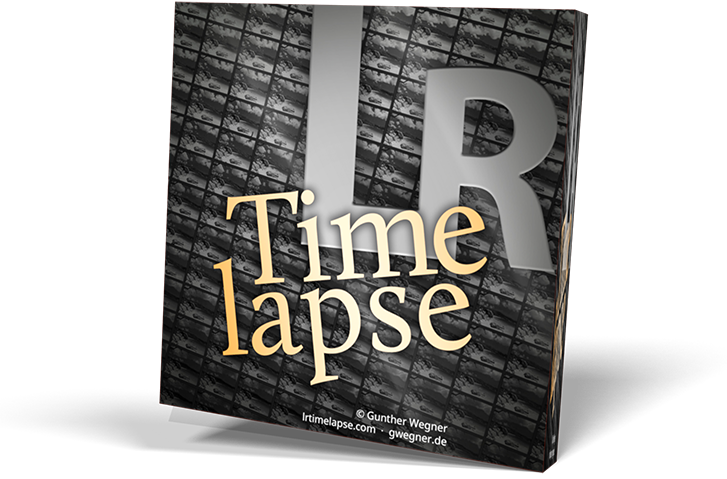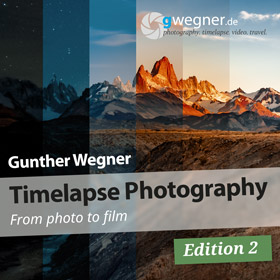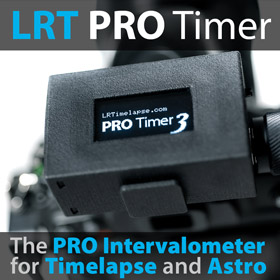Posts: 5
Threads: 2
Joined: Aug 2013
Hi,
I did some day-night-day holy grails using QDSLRdashboard running on a Samsung Galaxy A tablet connected via USB to a Nikon D850. The histogram over the whole time span is kept to be fill the lower half, so that day sky or milky way core is not overexposed.
When looking at the raw footage, the brightness is overall okay. See clip from preview footage: https://youtu.be/CrnX_HcwuBM
In the attached picture the curve of the Holy Grail Wizard is shown. If I keep the night phase steady, then dusk gets totally overexposed and dawn gets totally underexposed. If I rotate and stretch the curve to be close to the horizontal line in average, then it results in changes during night phase where it shouldn't be.
I could get around this by adjusting the exposure of the keyframes in Lightroom, but this then causes high dips, which I could get rid of by 10-20 times multipass deflicker, which takes a long time. The final result looks good and is shown here: https://youtu.be/vOE3_HYfpCA
What am I doing wrong here that the Holy Grail Wizard curve does not over/underexpose the keyframes in dusk/dawn?
Regards,
Bernd
I did some day-night-day holy grails using QDSLRdashboard running on a Samsung Galaxy A tablet connected via USB to a Nikon D850. The histogram over the whole time span is kept to be fill the lower half, so that day sky or milky way core is not overexposed.
When looking at the raw footage, the brightness is overall okay. See clip from preview footage: https://youtu.be/CrnX_HcwuBM
In the attached picture the curve of the Holy Grail Wizard is shown. If I keep the night phase steady, then dusk gets totally overexposed and dawn gets totally underexposed. If I rotate and stretch the curve to be close to the horizontal line in average, then it results in changes during night phase where it shouldn't be.
I could get around this by adjusting the exposure of the keyframes in Lightroom, but this then causes high dips, which I could get rid of by 10-20 times multipass deflicker, which takes a long time. The final result looks good and is shown here: https://youtu.be/vOE3_HYfpCA
What am I doing wrong here that the Holy Grail Wizard curve does not over/underexpose the keyframes in dusk/dawn?
Regards,
Bernd




